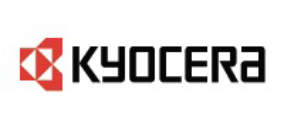This image provides a detailed explanation of the theoretical spectroscopy of the VNNB defect in hexagonal boron nitride (h-BN). The illustration shows the hexagonal boron nitride lattice structure with the VNNB defect labeled. It includes diagrams depicting zero-phonon line emission, Stokes and anti-Stokes phonon sidebands, and a graph showing the Debye-Waller factor. Arrows and labels are used to clearly illustrate the concepts and interactions. The background is light with clear, contrasting colors for all elements to ensure readability.
MoreBoron nitride materials are utilized in diverse applications due to their unique properties, such as chemical stability, thermal conductivity, and biocompatibility, making them suitable for electronics, thermal management, environmental protection, biomedicine, and more.
More






